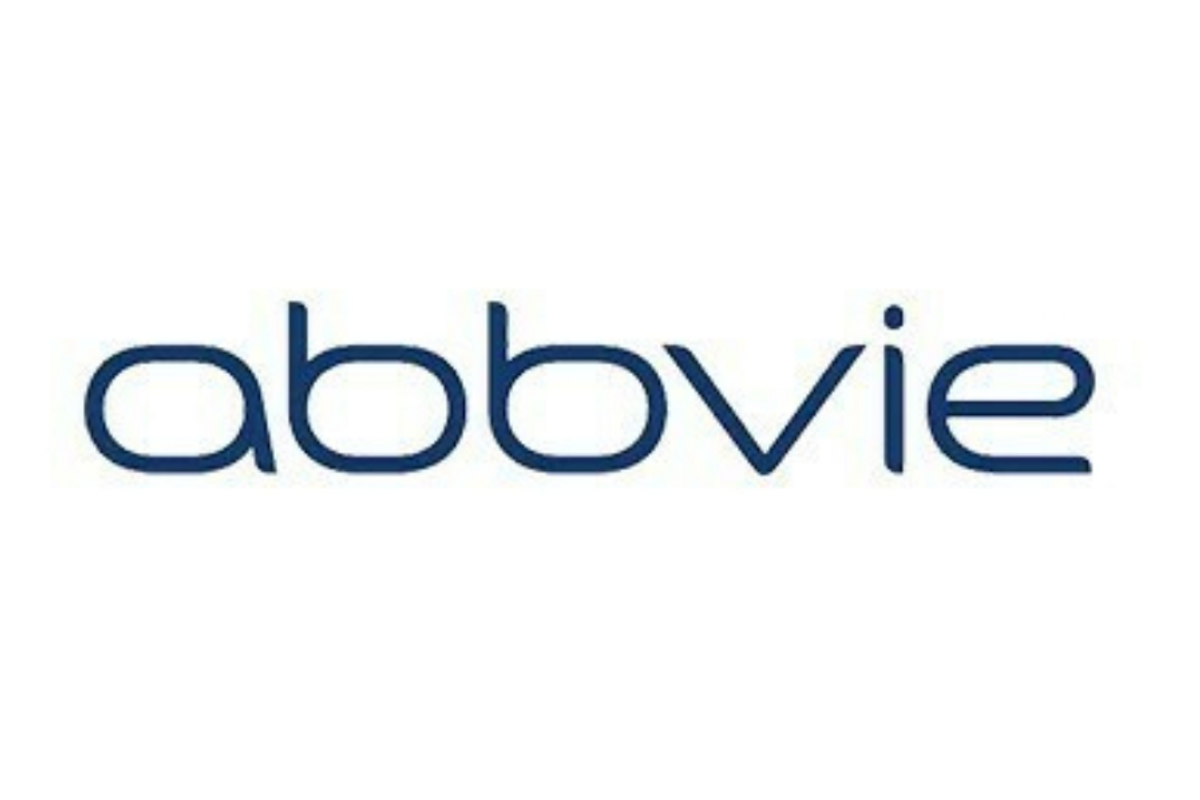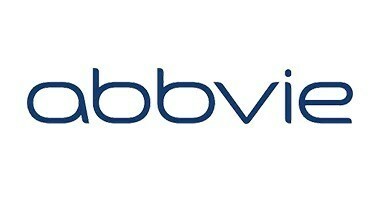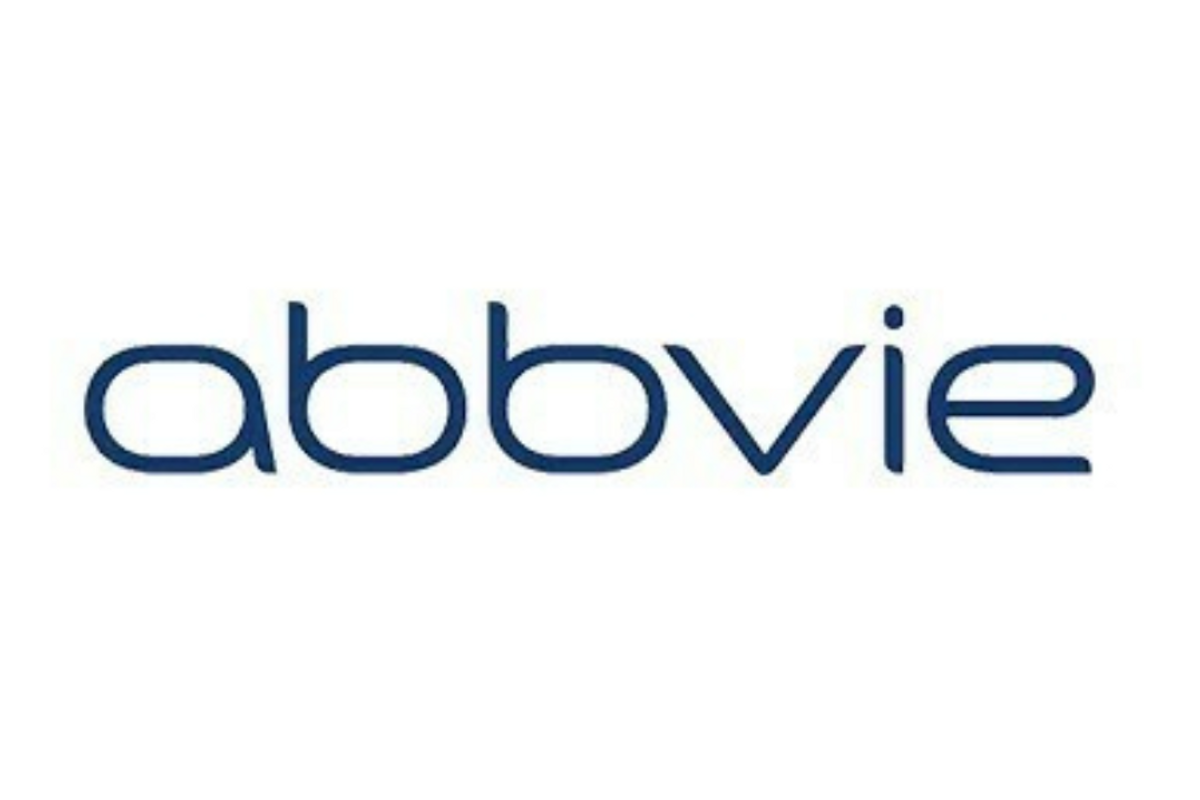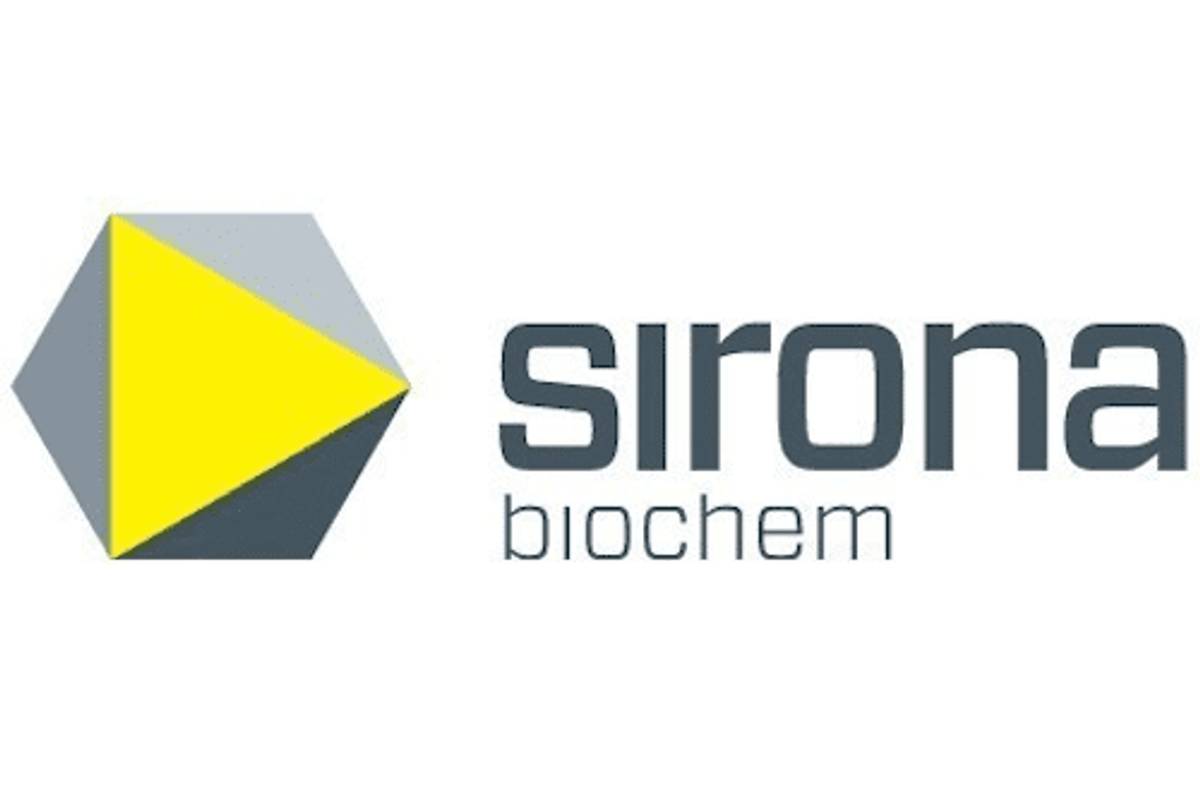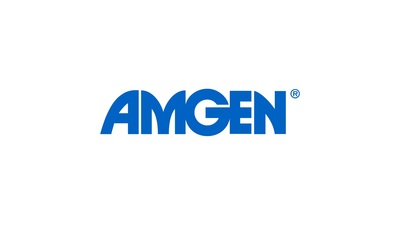Data analyses of onabotulinumtoxinA (BOTOX ® ) in adult patients with chronic migraine, cervical dystonia, overactive bladder, spasticity, and pediatric patients with neurogenic detrusor overactivity provide further insights on real-world utilization and long-term use
– Study results on onabotulinumtoxinA (BOTOX ® Cosmetic) in moderate to severe forehead lines, lateral canthal lines, and glabellar lines to be presented
– Company to share advances in aesthetic medicine, including investigational results from a Phase 2b study in patients with masseter muscle hypertrophy
NORTH CHICAGO, Ill. , July 25, 2022 /PRNewswire/ -- ABBVie (NYSE: ABBV) and Allergan Aesthetics announced today that more than 30 abstracts, including seven podium presentations, will be presented during the upcoming TOXINS 2022 Conference, July 27-30 in New Orleans . Clinical studies, health economics, preclinical research, and real-world utilization data will highlight onabotulinumtoxinA (BOTOX ® and BOTOX ® Cosmetic) across approved and investigational indications.
"For more than 32 years, we have remained committed to advancing neurotoxin science to better address the unmet needs of patients across a variety of conditions and our work continues," said Mitchell F. Brin, M.D., senior vice president, chief scientific officer, BOTOX ® & Neurotoxins, AbbVie. "Our data at TOXINS reinforce not only our leadership in neurotoxin research and development, but also our commitment to provide world-class medical education to help accelerate scientific knowledge and technical skills that can help improve patient outcomes."
At the meeting, researchers will present data on the use of onabotulinumtoxinA in chronic migraine, pediatric neurogenic detrusor overactivity, overactive bladder, cervical dystonia, and spasticity. Notable data will include an analysis from the CD-PROBE study, which evaluated the safety and efficacy of onabotulinumtoxinA in difficult-to-treat cervical dystonia postures: anterocollis and retrocollis.
Additionally, the company will share advances in aesthetic medicine, including new data on onabotulinumtoxinA in moderate to severe forehead lines, lateral canthal lines, and glabellar lines. Investigational results will also be presented from a phase 2b study of onabotulinumtoxinA in patients with masseter muscle hypertrophy.
"Our deep scientific focus continues to drive exciting innovations in aesthetic medicine," said Darin Messina , senior vice president, global head of aesthetics R&D, AbbVie. "We look forward to presenting results from our phase 2 dose-escalation study of onabotulinumtoxinA in masseter muscle prominence, a known area of aesthetic concern for a growing number of patients."
Key abstracts and presentation details for the TOXINS 2022 conference are outlined below.
Abstract Title | Presentation Details All Times EDT |
Chronic Migraine | |
Real-World Safety and Efficacy of 155-195U OnabotulinumtoxinA in Participants With Chronic Migraine: Results From the REPOSE Study | Podium presentation Friday, July 29 3:05 – 3:15 PM |
Real-World Evidence for the Safety and Efficacy of CGRP Monoclonal Antibody Therapy Added to OnabotulinumtoxinA Treatment for Migraine Prevention in Adult Patients with Chronic Migraine | Podium presentation Friday, July 29 3:15 – 3:25 PM |
Consecutive Headache-Free Days With OnabotulinumtoxinA Treatment in Patients With Chronic Migraine: A Pooled PREEMPT Analysis | Podium presentation Friday, July 29 3:25 – 3:35 PM |
Real-World Persistence and Costs Among Patients With Chronic Migraine Treated With OnabotulinumtoxinA or CGRP mAbs: A Retrospective Claims Analysis Study | Poster |
Real-World Effectiveness of Ubrogepant for the Acute Treatment of Migraine in Combination with OnabotulinumtoxinA Preventive: Results From the COURAGE Study | Poster |
PREDICT: PREEMPT Fixed-Dose, Fixed-Site, and Follow the Pain | Poster |
Preclinical Assessment of OnabotulinumtoxinA for The Treatment of Mild Traumatic Brain Injury–Related Acute and Persistent Cephalic Allodynia | Poster |
Cervical Dystonia | |
Current perspectives on the management of cervical dystonia among global clinicians | Podium presentation Thursday, July 28 5:10 – 5:20 PM |
Impact of Disease Severity on Presentation Subtype and OnabotulinumtoxinA Utilization in Patients with Cervical Dystonia: Results from the CD PROBE Completer Population | Poster |
Real-world botulinum toxin type A treatment patterns in patients with cervical dystonia | Poster |
Characteristics and Treatment Response to OnabotulinumtoxinA of Patients From CD-PROBE With Anterocollis and Retrocollis | Poster |
Urology | |
OnabotulinumtoxinA, Nerve Stimulation Devices, Mirabegron, and Anticholinergics versus Best Supportive Care for Overactive Bladder: An Updated US Cost Effectiveness Analysis | Poster |
OnabotulinumtoxinA is efficacious and well tolerated in male patients with overactive bladder and urinary incontinence: placebo-controlled treatment cycle 1 results from a pooled analysis of four randomized trials | Poster |
Long-term Safety and Tolerability of Repeated Treatments with OnabotulinumtoxinA in Children with Neurogenic Detrusor Overactivity | Poster |
OnabotulinumtoxinA Improves Idiopathic Overactive Bladder Symptoms in Patients Refractory to Oral Medications | Poster |
Spasticity | |
A Virtual Reality Platform to Facilitate Training on Treatment of Lower Limb Spasticity With OnabotulinumtoxinA | Poster |
Dosing, treatment intervals, and treatment satisfaction with onabotulinumtoxinA over time in the Adult Spasticity International Registry (ASPIRE) | Poster |
Real-World Treatment Utilization and Effectiveness of OnabotulinumtoxinA in Multiple Sclerosis Patients Treated for Spasticity from the ASPIRE Study | Poster |
Treatment of patients with upper limb and lower limb spasticity with onabotulinumtoxinA in the Adult Spasticity International Registry (ASPIRE) | Poster |
Content Validation of a Post-stroke Spasticity Risk Classification System: Cognitive Interviews with Clinicians | Poster |
Healthcare Resource Utilization and Costs Among Patients With Stroke-related Spasticity Before and After Treatment With OnabotulinumtoxinA | Poster |
Real-world botulinum toxin type A treatment patterns in patients with spasticity | Poster |
Real-World Dosing Differences of OnabotulinumtoxinA and AbobotulinumtoxinA in Treatment of Upper Limb Spasticity | Poster |
Individualized OnabotulinumtoxinA Treatment of Upper Limb Spasticity in US Clinical Practices: Analysis of Practice Patterns From the ASPIRE Study | Poster |
Aesthetics | |
Safety and Efficacy of OnabotulinumtoxinA for Treatment of Masseter Muscle Hypertrophy: Results from a Phase 2B Study | Podium presentation Thursday, July 28 3:10 pm - 3:25 pm |
OnabotulinumtoxinA for Treatment of Masseter Muscle Prominence: Secondary Results from a Phase 2 Dose-Escalation Study | Podium presentation Thursday, July 28 3:10 – 3:25 PM |
Efficacy and Safety of Two Doses of OnabotulinumtoxinA for the Treatment of Masseter Muscle Prominence: Six-Month Results From a Randomized, Phase 2b Placebo-Controlled Study | Poster |
Masseter Prominence Reduction, Treatment Satisfaction, and Self-Perceived Lower Face Appearance After OnabotulinumtoxinA: Results From a Randomized, Controlled, Phase 2b Trial | Poster |
Treatment of Upper Facial Lines With OnabotulinumtoxinA Results in Long-Lasting Efficacy and Patient Satisfaction | Poster |
Toxin Science/General Neurotoxins | |
Botulinum Neurotoxin Accelerates the Resolution of Bacterial Skin Infections in Mice | Podium presentation Friday, July 29 5:15 – 5:25 PM |
Botulinum Neurotoxin Type A Directly Affects Sebocytes and Modulates Oleic Acid-Induced Lipogenesis | Poster |
In addition to posters being displayed at the TOXINS 2022 conference, there will also be a virtual poster hall on the International Neurotoxin Association website here where posters will be available for viewing by conference attendees for six months after the conference. The full TOXINS 2022 conference program can be found here .
About BOTOX ®
BOTOX ® (onabotulinumtoxinA) U.S. Important Information
IMPORTANT SAFETY INFORMATION
BOTOX ® (onabotulinumtoxinA) and BOTOX ® Cosmetic may cause serious side effects that can be life threatening. Get medical help right away if you have any of these problems any time (hours to weeks) after injection of BOTOX or BOTOX Cosmetic:
- Problems swallowing, speaking, or breathing, due to weakening of associated muscles, can be severe and result in loss of life. You are at the highest risk if these problems are preexisting before injection. Swallowing problems may last for several months.
- Spread of toxin effects. The effect of botulinum toxin may affect areas away from the injection site and cause serious symptoms, including loss of strength and all-over muscle weakness; double vision; blurred vision; drooping eyelids; hoarseness or change or loss of voice; trouble saying words clearly; loss of bladder control; trouble breathing; and trouble swallowing.
There has not been a confirmed serious case of spread of toxin effect away from the injection site when BOTOX has been used at the recommended dose to treat chronic migraine, severe underarm sweating, blepharospasm, strabismus, or when BOTOX Cosmetic has been used at the recommended dose to treat frown lines, crow's feet lines, and/or forehead lines.
INDICATIONS
BOTOX is a prescription medicine that is injected into muscles and used:
- To treat overactive bladder symptoms such as a strong need to urinate with leaking or wetting accidents (urge urinary incontinence), a strong need to urinate right away (urgency), and urinating often (frequency) in adults 18 years and older when another type of medicine (anticholinergic) does not work well enough or cannot be taken
- To treat leakage of urine (incontinence) in adults 18 years and older with overactive bladder due to a neurologic disease when another type of medicine (anticholinergic) does not work well enough or cannot be taken
- To treat overactive bladder due to a neurologic disease in children 5 years of age and older when another type of medicine (anticholinergic) does not work well enough or cannot be taken
- To prevent headaches in adults with chronic migraine who have 15 or more days each month with headache lasting 4 or more hours each day in people 18 years and older
- To treat increased muscle stiffness in people 2 years of age and older with spasticity
- To treat the abnormal head position and neck pain that happens with cervical dystonia (CD) in people 16 years and older
- To treat certain types of eye muscle problems (strabismus) or abnormal spasm of the eyelids (blepharospasm) in people 12 years of age and older
BOTOX is also injected into the skin to treat the symptoms of severe underarm sweating (severe primary axillary hyperhidrosis) when medicines used on the skin (topical) do not work well enough in people 18 years and older.
BOTOX Cosmetic is a prescription medicine that is injected into muscles and used to temporarily improve the look of moderate to severe forehead lines, crow's feet lines, and frown lines between the eyebrows in adults.
It is not known whether BOTOX and BOTOX Cosmetic are safe and effective to prevent headaches in patients with migraine who have 14 or fewer headache days each month (episodic migraine).
BOTOX has not been shown to help people perform task-specific functions with their upper limbs or increase movement in joints that are permanently fixed in position by stiff muscles.
It is not known whether BOTOX and BOTOX Cosmetic are safe and effective for severe sweating anywhere other than your armpits.
It is not known if BOTOX Cosmetic is safe and effective for use more than 1 time every 3 months.
IMPORTANT SAFETY INFORMATION (continued)
BOTOX and BOTOX Cosmetic may cause loss of strength or general muscle weakness, vision problems, or dizziness within hours to weeks of receiving BOTOX or BOTOX Cosmetic. If this happens, do not drive a car, operate machinery, or do other dangerous activities.
Do not receive BOTOX or BOTOX Cosmetic if you are allergic to any of its ingredients (see Medication Guide for ingredients); had an allergic reaction to any other botulinum toxin product such as Myobloc ® (rimabotulinumtoxinB), Dysport ® (abobotulinumtoxinA), or Xeomin ® (incobotulinumtoxinA); have a skin infection at the planned injection site.
Do not receive BOTOX for the treatment of urinary incontinence if you have a urinary tract infection (UTI) or cannot empty your bladder on your own and are not routinely catheterizing. Due to the risk of urinary retention (difficulty fully emptying the bladder), only patients who are willing and able to initiate catheterization posttreatment, if required, should be considered for treatment.
Patients treated for overactive bladder: In clinical trials, 36 of the 552 patients had to self-catheterize for urinary retention following treatment with BOTOX compared to 2 of the 542 treated with placebo. The median duration of postinjection catheterization for these patients treated with BOTOX 100 Units (n = 36) was 63 days (minimum 1 day to maximum 214 days), as compared to a median duration of 11 days (minimum 3 days to maximum 18 days) for patients receiving placebo (n = 2). Patients with diabetes mellitus treated with BOTOX were more likely to develop urinary retention than nondiabetics.
Adult patients treated for overactive bladder due to neurologic disease: In clinical trials, 30.6% of adult patients (33/108) who were not using clean intermittent catheterization (CIC) prior to injection required catheterization for urinary retention following treatment with BOTOX 200 Units, as compared to 6.7% of patients (7/104) treated with placebo. The median duration of postinjection catheterization for these patients treated with BOTOX 200 Units (n = 33) was 289 days (minimum 1 day to maximum 530 days), as compared to a median duration of 358 days (minimum 2 days to maximum 379 days) for patients receiving placebo (n = 7).
Among adult patients not using CIC at baseline, those with MS were more likely to require CIC postinjection than those with SCI.
The dose of BOTOX and BOTOX Cosmetic is not the same as, or comparable to, any other botulinum toxin product.
Serious and/or immediate allergic reactions have been reported, including itching; rash; red, itchy welts; wheezing; asthma symptoms; dizziness; or feeling faint. Get medical help right away if you experience symptoms; further injection of BOTOX or BOTOX Cosmetic should be discontinued.
Tell your doctor about all your muscle or nerve conditions, such as ALS or Lou Gehrig's disease, myasthenia gravis, or Lambert-Eaton syndrome, as you may be at increased risk of serious side effects, including difficulty swallowing and difficulty breathing from typical doses of BOTOX or BOTOX Cosmetic.
Tell your doctor if you have any breathing-related problems. Your doctor may monitor you for breathing problems during treatment with BOTOX for spasticity or for detrusor overactivity associated with a neurologic condition. The risk of developing lung disease in patients with reduced lung function is increased in patients receiving BOTOX.
Cornea problems have been reported. Cornea (surface of the eye) problems have been reported in some people receiving BOTOX for their blepharospasm, especially in people with certain nerve disorders. BOTOX may cause the eyelids to blink less, which could lead to the surface of the eye being exposed to air more than is usual. Tell your doctor if you experience any problems with your eyes while receiving BOTOX. Your doctor may treat your eyes with drops, ointments, contact lenses, or with an eye patch.
Bleeding behind the eye has been reported. Bleeding behind the eyeball has been reported in some people receiving BOTOX for their strabismus. Tell your doctor if you notice any new visual problems while receiving BOTOX.
Bronchitis and upper respiratory tract infections (common colds) have been reported. Bronchitis was reported more frequently in adults receiving BOTOX for upper limb spasticity. Upper respiratory infections were also reported more frequently in adults with prior breathing-related problems with spasticity. In pediatric patients treated with BOTOX for upper limb spasticity, upper respiratory tract infections were reported more frequently. In pediatric patients treated with BOTOX for lower limb spasticity, upper respiratory tract infections were not reported more frequently than placebo.
Autonomic dysreflexia in patients treated for overactive bladder due to a neurologic disease. Autonomic dysreflexia associated with intradetrusor injections of BOTOX could occur in patients treated for detrusor overactivity associated with a neurologic condition and may require prompt medical therapy. In clinical trials, the incidence of autonomic dysreflexia was greater in adult patients treated with BOTOX 200 Units compared with placebo (1.5% versus 0.4%, respectively).
Tell your doctor about all your medical conditions, including if you have or have had bleeding problems; have plans to have surgery; had surgery on your face; have weakness of forehead muscles, trouble raising your eyebrows, drooping eyelids, and any other abnormal facial change; have symptoms of a UTI and are being treated for urinary incontinence (symptoms of a UTI may include pain or burning with urination, frequent urination, or fever); have problems emptying your bladder on your own and are being treated for urinary incontinence; are pregnant or plan to become pregnant (it is not known if BOTOX or BOTOX Cosmetic can harm your unborn baby); are breastfeeding or plan to (it is not known if BOTOX or BOTOX Cosmetic passes into breast milk).
Tell your doctor about all the medicines you take, including prescription and over-the-counter medicines, vitamins, and herbal supplements. Using BOTOX or BOTOX Cosmetic with certain other medicines may cause serious side effects. Do not start any new medicines until you have told your doctor that you have received BOTOX or BOTOX Cosmetic in the past.
Tell your doctor if you have received any other botulinum toxin product in the last 4 months; have received injections of botulinum toxin such as Myobloc ® , Dysport ® , or Xeomin ® in the past (tell your doctor exactly which product you received); have recently received an antibiotic by injection; take muscle relaxants; take an allergy or cold medicine; take a sleep medicine; take aspirin-like products or blood thinners.
Other side effects of BOTOX and BOTOX Cosmetic include dry mouth; discomfort or pain at the injection site; tiredness; headache; neck pain; eye problems such as double vision, blurred vision, decreased eyesight, drooping eyelids, swelling of your eyelids, and dry eyes; drooping eyebrows; and upper respiratory tract infection. In adults being treated for urinary incontinence, other side effects include UTI and painful urination. In children being treated for urinary incontinence, other side effects include UTI and bacteria in the urine. In patients being treated for urinary incontinence, another side effect includes the inability to empty your bladder on your own. If you have difficulty fully emptying your bladder on your own after receiving BOTOX, you may need to use disposable self-catheters to empty your bladder up to a few times each day until your bladder is able to start emptying again.
For more information, refer to the Medication Guide or talk with your doctor.
You are encouraged to report negative side effects of prescription drugs to the FDA.
Visit www.fda.gov/medwatch or call 1-800-FDA-1088.
If you are having difficulty paying for your medicine, AbbVie may be able to help.
Visit AbbVie.com/myAbbVieAssist to learn more.
Please see BOTOX ® full Product Information , including Boxed Warning and Medication Guide .
Please see BOTOX ® Cosmetic full Product Information , including Boxed Warning and Medication Guide
About Allergan Aesthetics
Allergan Aesthetics, an AbbVie company, develops, manufactures, and markets a portfolio of leading aesthetics brands and products. Their aesthetics portfolio includes facial injectables, body contouring, plastics, skin care, and more. Their goal is to consistently provide customers worldwide with innovation, education, exceptional service, and a commitment to excellence, all with a personal touch. www.AllerganAesthetics.com
About AbbVie
AbbVie's mission is to discover and deliver innovative medicines that solve serious health issues today and address the medical challenges of tomorrow. We strive to have a remarkable impact on people's lives across several key therapeutic areas: immunology, oncology, neuroscience, eye care, virology, women's health and gastroenterology, in addition to products and services across its Allergan Aesthetics portfolio. For more information about AbbVie, please visit us at www.abbvie.com . Follow @abbvie on Twitter , Facebook , Instagram , YouTube and LinkedIn .
Forward-Looking Statements
Some statements in this news release are, or may be considered, forward-looking statements for purposes of the Private Securities Litigation Reform Act of 1995. The words "believe," "expect," "anticipate," "project" and similar expressions, among others, generally identify forward-looking statements. AbbVie cautions that these forward-looking statements are subject to risks and uncertainties that may cause actual results to differ materially from those indicated in the forward-looking statements. Such risks and uncertainties include, but are not limited to, failure to realize the expected benefits from AbbVie's acquisition of Allergan plc ("Allergan"), failure to promptly and effectively integrate Allergan's businesses, competition from other products, challenges to intellectual property, difficulties inherent in the research and development process, adverse litigation or government action, changes to laws and regulations applicable to our industry and the impact of public health outbreaks, epidemics or pandemics, such as COVID-19. Additional information about the economic, competitive, governmental, technological and other factors that may affect AbbVie's operations is set forth in Item 1A, "Risk Factors," of AbbVie's 2021 Annual Report on Form 10-K, which has been filed with the Securities and Exchange Commission, as updated by its subsequent Quarterly Reports on Form 10-Q. AbbVie undertakes no obligation to release publicly any revisions to forward-looking statements as a result of subsequent events or developments, except as required by law.
![]() View original content: https://www.prnewswire.com/news-releases/abbvie-and-allergan-aesthetics-to-present-new-data-from-leading-neurotoxin-portfolio-at-toxins-2022-conference-301592023.html
View original content: https://www.prnewswire.com/news-releases/abbvie-and-allergan-aesthetics-to-present-new-data-from-leading-neurotoxin-portfolio-at-toxins-2022-conference-301592023.html
SOURCE AbbVie

